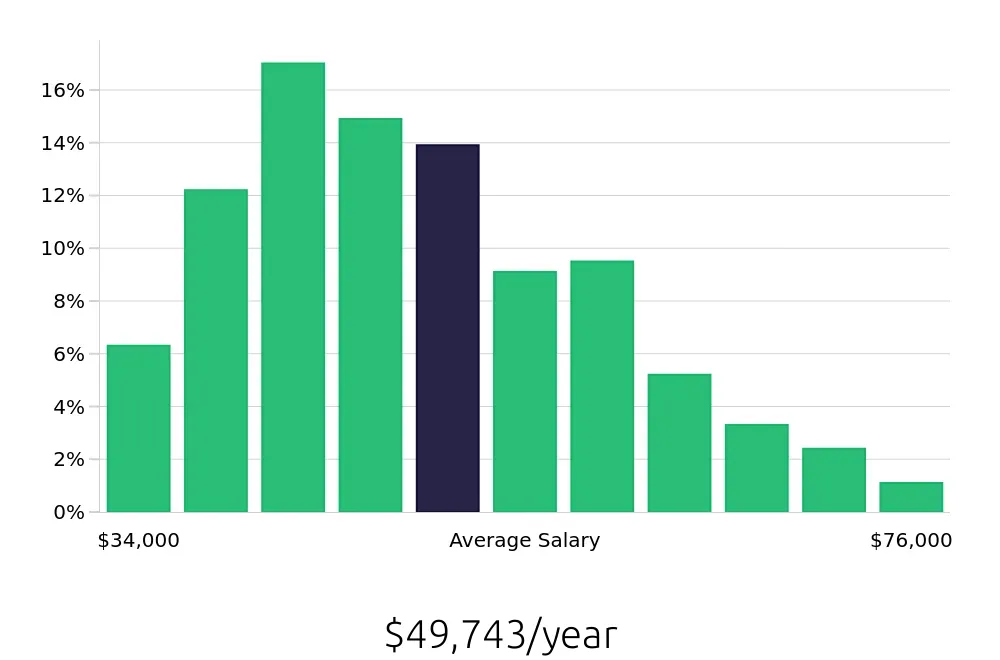Position
Overview
A Mig Welder uses a MIG (Metal Inert Gas) welding process to join materials, typically metals. This method involves using a welding torch to melt the base materials and a filler material. The welder controls the process to create a strong bond. This role requires precision and attention to detail to ensure the welds meet quality standards.
Responsibilities of a Mig Welder include setting up welding equipment, preparing materials for welding, and performing the welding process. They must follow safety protocols to protect themselves and others from hazards. A Mig Welder also inspects completed welds to ensure they meet specifications. This job often takes place in industrial settings, such as factories or construction sites. Attention to detail and manual dexterity are key skills for success in this role.
Becoming a MIG welder can lead to a rewarding career in the skilled trades. This process involves mastering specific techniques and gaining the necessary certifications. Follow these steps to start your journey in MIG welding.
First, research the requirements and responsibilities of a MIG welder. Understand the skills needed and the types of projects you will work on. Next, complete a high school diploma or GED. This is the basic educational requirement for most welding jobs. Then, enroll in a welding program at a vocational school or community college. These programs offer hands-on training and teach essential welding techniques. After completing the program, gain practical experience through an apprenticeship or entry-level job. This experience is crucial for building your skills and portfolio. Finally, obtain certifications to enhance your job prospects. The American Welding Society (AWS) offers certifications that are recognized in the industry.
To succeed, follow these steps:
The journey to becoming a MIG welder involves several steps. First, a person needs to complete a high school diploma or GED. This is the basic requirement for entering the field. Next, formal training is essential. Many community colleges and vocational schools offer welding programs. These programs can last from a few months to two years. They teach the skills needed to work with MIG welding equipment.
After completing a training program, gaining hands-on experience is crucial. Many welders start as apprentices. They work under experienced welders to learn the trade. This experience can take several months to a few years. Some welders may also choose to get certified. Certification shows a higher level of skill and knowledge. It can open more job opportunities. The total time to become a skilled MIG welder can range from one to four years. This includes education, training, and experience.
We are looking for a skilled MIG welder to join our team. The ideal candidate will be responsible for performing welding tasks using MIG welding techniques to ensure the highest quality of work. This role requires precision, attention to detail, and a strong understanding of welding processes.
Responsibilities:
Qualifications
A MIG welder works with metal and uses a welding torch to join pieces together. This job is important in many industries, including construction, manufacturing, and automotive. MIG welding offers a stable career with good pay. It also provides opportunities to travel and work on different projects.
Choosing a career as a MIG welder has its own set of pros and cons. On the positive side, MIG welders enjoy steady job demand and competitive wages. The skills needed for this job are easy to learn, making it accessible to many people. MIG welders often have the chance to work on interesting projects and travel to different job sites. However, the job can be physically demanding and requires working in various environments. It also involves handling heavy materials and working with hot, dangerous equipment. Safety precautions are crucial to avoid injuries.
Here are some pros and cons to consider:
The job outlook for MIG welders remains promising for job seekers. The Bureau of Labor Statistics (BLS) reports an average of 45,400 job positions available each year. This steady demand indicates a stable career path for those skilled in MIG welding. MIG welding is a versatile technique used in various industries, including construction, manufacturing, and automotive. This versatility ensures consistent job opportunities for qualified welders.
Looking ahead, the BLS projects a 0.7% increase in job openings for MIG welders from 2022 to 2032. This modest growth suggests a steady demand for skilled welders. MIG welding is a critical skill in many sectors, from building infrastructure to producing machinery. This demand ensures that MIG welders will continue to be essential in the workforce. Job seekers can expect a reliable job market with opportunities for growth and advancement.
MIG welders can also look forward to competitive compensation. The BLS reports an average national annual salary of $52,240. Hourly, the average compensation stands at $25.12. This pay reflects the skill and expertise required for MIG welding. With experience, welders can expect to earn even more. This attractive compensation makes MIG welding a rewarding career choice for many job seekers.
